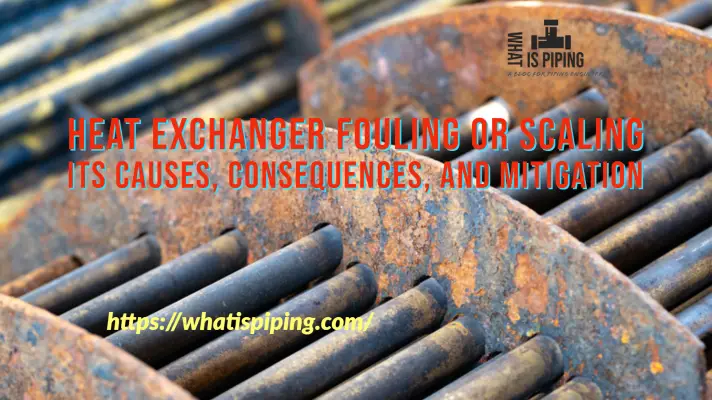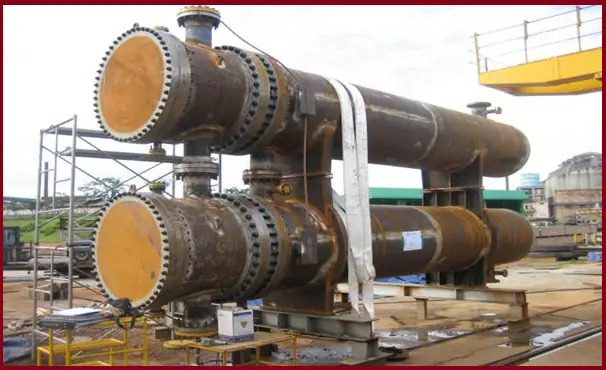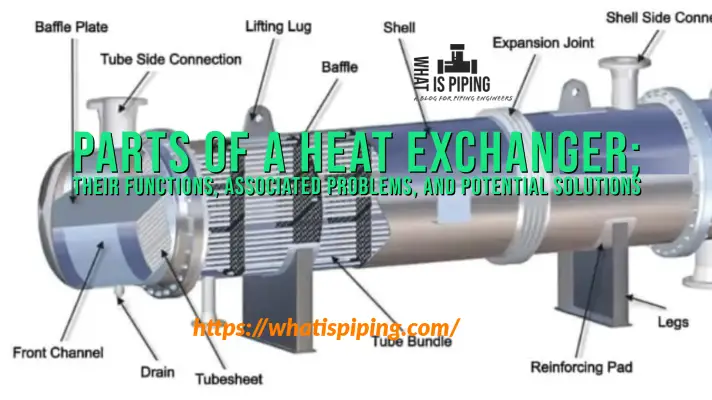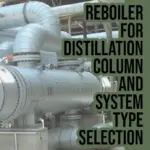Heat exchangers are vital components in numerous industrial applications, facilitating efficient heat transfer between two fluids. However, over time, the accumulation of unwanted deposits on heat exchanger surfaces, known as fouling, can significantly impact their performance. To evaluate and address the impact of fouling on heat exchanger efficiency, engineers and researchers rely on a crucial parameter called the fouling factor. In this article, we delve into the concept of the heat exchanger fouling factor, its significance, and the methods employed to calculate it accurately.
What is Heat Exchanger Fouling Factor?
The heat exchanger fouling factor represents the resistance posed by fouling deposits to the heat transfer process. It quantifies the decrease in heat transfer efficiency caused by fouling and is expressed as a thermal resistance value (m²·K/W). The higher the fouling factor, the more significant the impact of fouling on heat transfer performance.
Significance of the Heat Exchanger Fouling Factor
The fouling factor plays a crucial role in several aspects of heat exchanger design, operation, and maintenance:
Performance Evaluation:
By quantifying the extent of fouling, the fouling factor allows engineers to assess the degradation in heat exchanger performance. It helps identify the need for cleaning or maintenance activities and enables comparisons between different heat exchangers or operating conditions.
Energy Efficiency Analysis:
The fouling factor directly influences the energy consumption of a heat exchanger. Higher fouling factors indicate increased resistance to heat transfer, leading to higher energy requirements for maintaining desired process temperatures. By monitoring and controlling the fouling factor, energy efficiency can be optimized.
Equipment Sizing:
The fouling factor is considered during the design phase of a heat exchanger. It helps determine appropriate surface areas, fluid velocities, and other design parameters to account for the potential fouling impact. Proper sizing ensures the heat exchanger can handle anticipated fouling rates while maintaining desired performance.
Maintenance Planning:
By tracking the fouling factor over time, maintenance intervals and cleaning schedules can be established. Regular monitoring allows for proactive maintenance, minimizing the risk of equipment failure, optimizing performance, and reducing downtime.
Calculating the Heat Exchanger Fouling Factor
The fouling factor can be determined using various methods, depending on the type of fouling and available data:
LMTD (Log Mean Temperature Difference) Correction Method:
This method involves comparing the actual heat transfer area to the clean (initial) heat transfer area. By considering the reduction in effective area due to fouling, the fouling factor can be calculated.
ε-NTU (Effectiveness-Number of Transfer Units) Method:
Primarily used for analyzing shell-and-tube heat exchangers, this method utilizes the concept of heat exchanger effectiveness. The fouling factor is calculated by incorporating the fouling resistance into the overall heat transfer analysis.
Monitoring and Empirical Data:
In some cases, the fouling factor can be estimated based on empirical data obtained from similar systems or through continuous monitoring of fouling rates and performance degradation over time.
Factors Affecting the Heat Exchanger Fouling Factor
Several factors influence the magnitude of the fouling factor:
Fluid Composition:
The properties of the fluids being processed, including temperature, pH, chemical composition, and suspended solids, can significantly impact fouling rates.
Fluid Velocity:
Higher fluid velocities can help mitigate fouling by preventing deposition and promoting self-cleaning mechanisms. However, excessively high velocities can also cause erosion or increase pumping costs.
Operating Time:
Fouling tends to increase with longer operation times due to the gradual deposition of contaminants on heat exchanger surfaces. Therefore, the fouling factor may increase over time if proper maintenance and cleaning are not performed.
Temperature and Pressure:
Higher temperatures and pressures can accelerate fouling rates, especially for processes involving scaling or chemical reactions. Understanding the thermal and hydraulic conditions is crucial in assessing the fouling factor accurately.
Surface Roughness and Material Selection:
The roughness of heat exchanger surfaces can influence fouling tendencies. Smoother surfaces typically exhibit lower fouling rates. Additionally, material selection plays a vital role in minimizing fouling. Choosing materials resistant to corrosion and fouling can help mitigate the impact of deposits.
Fluid Treatment and Pretreatment:
Employing appropriate water treatment methods, such as filtration, softening, or the addition of chemical inhibitors, can reduce fouling tendencies and subsequently lower the fouling factor.
Heat Exchanger Fouling Factor Formula
Mathematically, the fouling factor for the heat exchanger (Rd) is represented as
Rd = 1 / Ud – 1 / U
where
- Rd = fouling factor or unit thermal resistance of deposit (m2K/W)
- Ud = overall heat transfer coefficient of heat exchanger after fouling (W/m2K)
- U = overall heat transfer coefficient of clean heat exchanger (W/m2K)
Typical Heat Exchanger Fouling Factor Values
The following table provides some of the typical heat exchangers fouling factor values:
| Substance | Fouling Factor (m2K/W) |
| Fuel Oil | 0.0009 |
| Alcohol Vapor | 0.00009 |
| Boiler Feed Water | 0.0002 |
| Steam | 0.00009 |
| Seawater | 0.0002 to 0.00009 |
| Industrial Air | 0.0004 |
| Refrigerating Liquid | 0.0002 |
| Quenching Oil | 0.0007 |
When performing heat transfer calculations, caution is exercised to select proper fouling factors as in some situations fouling resistances dominate the thermal design of the heat exchanger. General practice is to use a large fouling factor as a safety margin to cover uncertainties in fluid properties. However, a large fouling factor may result in an oversized heat exchanger than required. Many experience-based tabulations of heat exchanger fouling factors are available to get typical fouling factors such as TEMA Table RGP-T-2.4.
Conclusions
The heat exchanger fouling factor serves as a key parameter in evaluating the impact of fouling on heat transfer efficiency. By understanding its significance and employing accurate calculation methods, engineers can make informed decisions regarding heat exchanger design, operation, and maintenance. Regular monitoring of the fouling factor, along with appropriate cleaning and maintenance practices, enables optimization of energy efficiency, reduction of operational costs, and avoidance of equipment failures. By addressing heat exchanger fouling issues proactively and implementing effective strategies, industries can ensure optimal heat exchanger performance, prolong equipment lifespan, and contribute to sustainable and cost-effective operations.









Basic and fundamental information to know about fouling in heat exchangers…
Thanks for the information…
thank to send me pdf files
Merci de m’envoyer le fichier en pdf